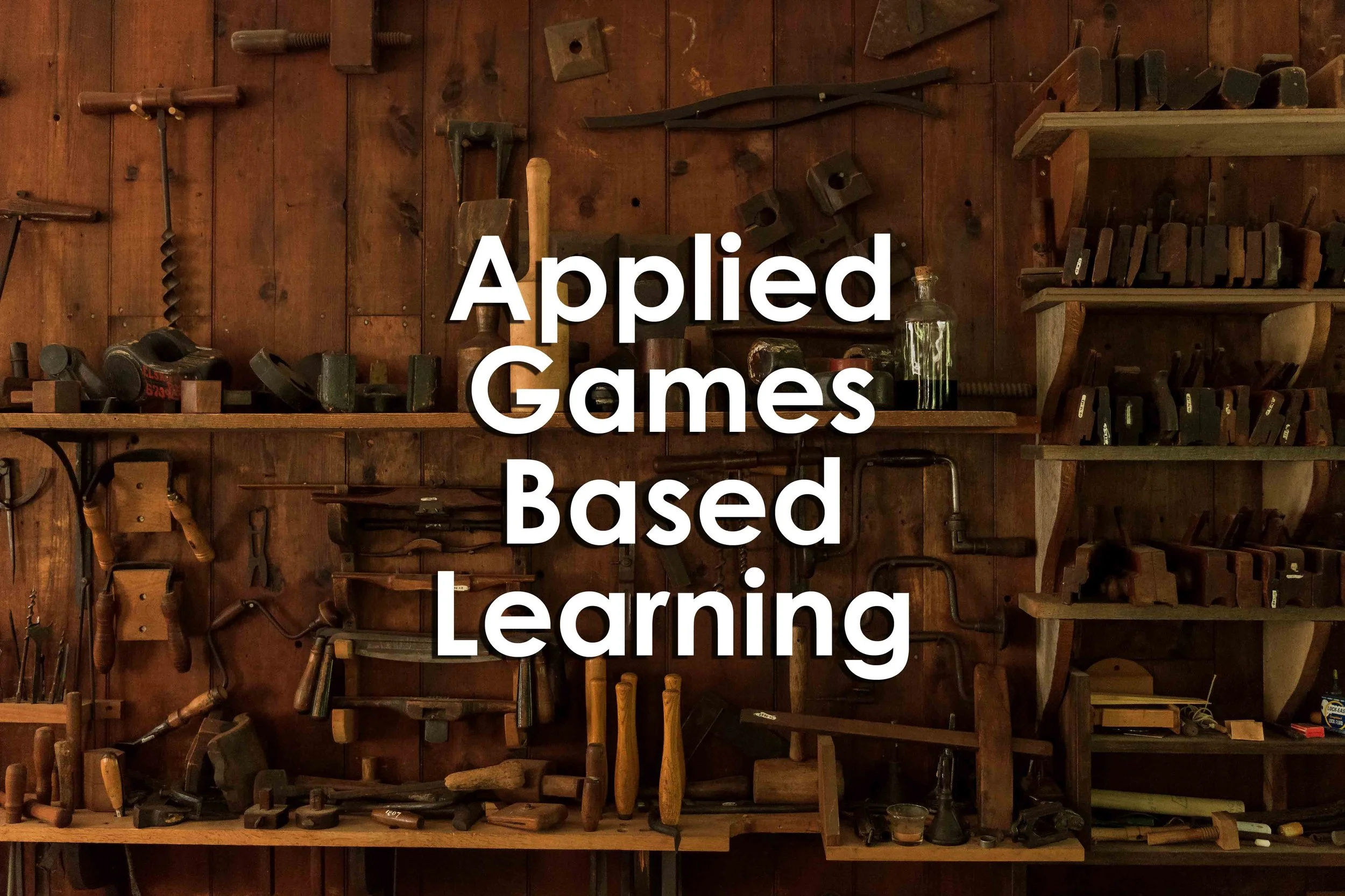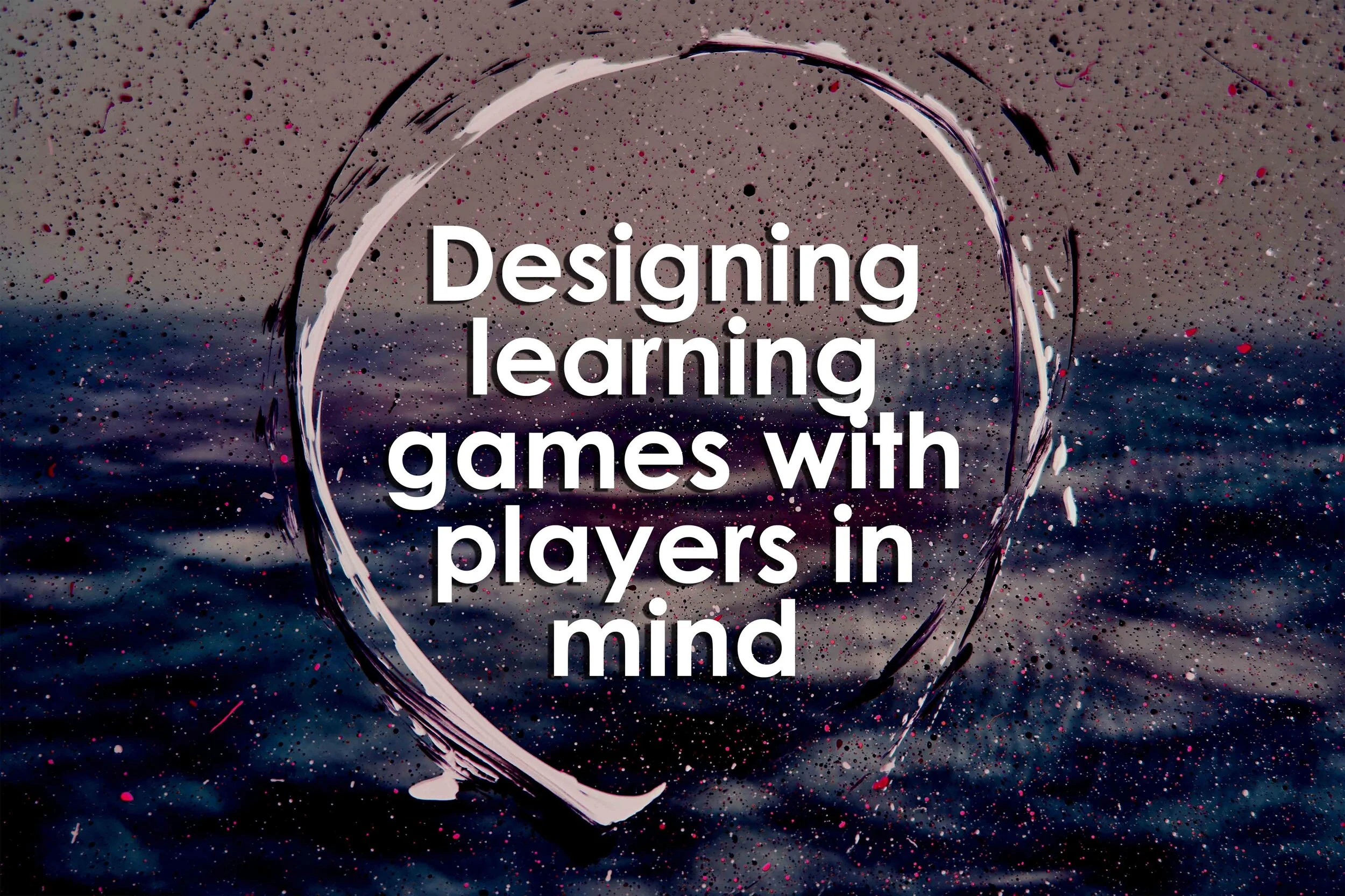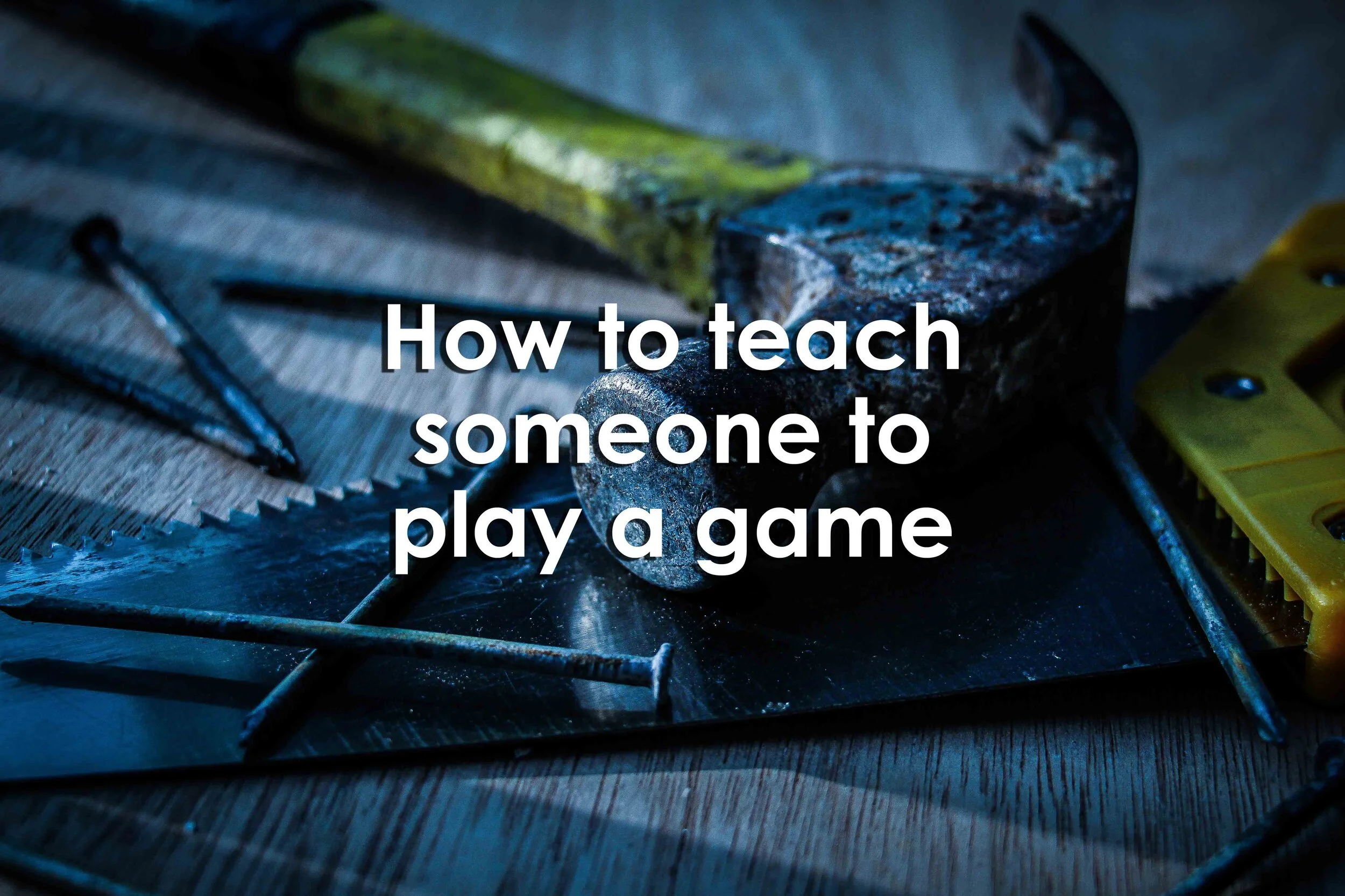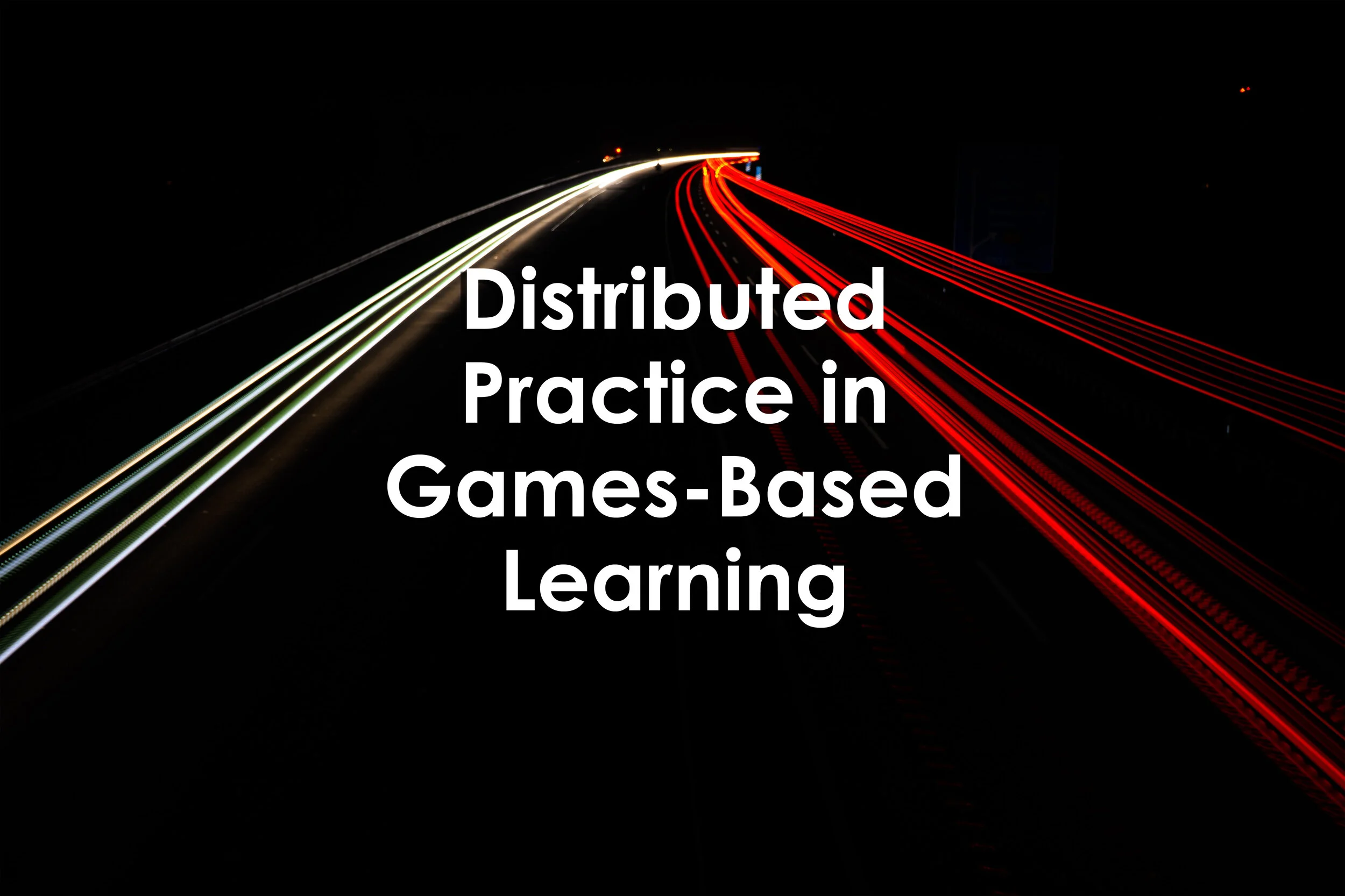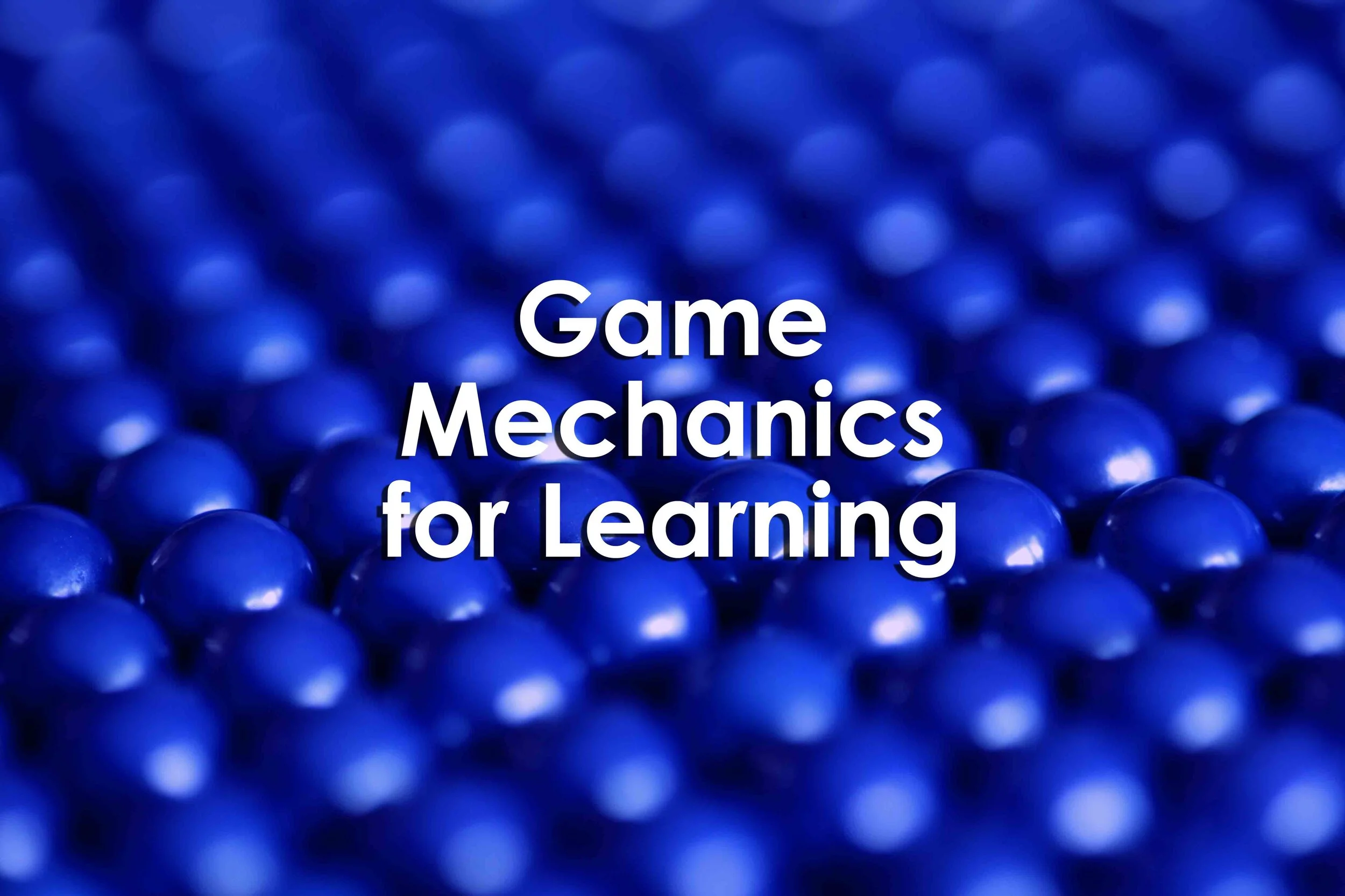This article will review why players reflect. It includes an in-depth analysis of players’ reflection in games-based learning as well as how introspection plays a role in game play. Reflection is compared to metacognition and the overall effect this has in its affect on the player experience.
Read MoreThis article will provide an overview on debriefing as well as the fundamental reasons why debriefing should be included in games-based learning. Games-based learning is part of the experiential learning cycle. So, a connection on this method of teaching and learning will be made as well as how instructors can outline goals for debriefing.
Read MoreThis article will define expectancy theory as well and describe its origins for understating human motivation and behavior. Motivation will also be covered as a facet of the educational process as well as expectancy theory’s origins in management as a way to better connect employee performance and rewards.
Read MoreThis article will explore some larger concepts such as “What is meaning?” More specifically, the article will attempt to define what meaning making is as well as how it is connected to meaningful play. Developing an understanding about how making occurs is important to addressing how meaning making and learning are connected. Only then can meaning making through games and game play be further explored. This article will discuss the meaning making process for players in games; game structure; and game mechanics.
Read MoreThis article will review the use of games-based learning as well as reiterate the main reasons why you should consider using it in your teaching and instruction practice. Games-based learning as a student centered approach will be discussed as well as how gameful applications can be explored in education.
Read MoreThis article will review and define serious games. A brief history of serious games will be shared along with some of the best reasons for using serious games in teaching and learning. The impact and ramifications of using serious games in the classroom will be discussed as well as the role that educators play in integrating serious games in their practice.
Read MoreThis article will address how to design games with players in mind. There are multiple things to take into consideration when designing games. They include player diversity; learning styles; and player motivations.
Read MoreThis article provides an overview of how you can teach someone to play a game. It describes game literacy as a starting place for helping someone learn how to play a new game. Often, the game that you select should work well for player types, tastes, and experiences.
Read MoreThis article will define and outline what a kingmaking scenario is. A history of kingmaking will be discussed as well as reasons that it may arise in different situations. Kingmaking as a spoiling tactic in game mechanics will also be covered. Kingmaking in tournament situations and table top games will be included. Finally, kingmaking can have an adverse impact on both player agency and the player experience. Both areas will be discussed in addition to how kingmaking takes effect in scenarios outside of games.
Read MoreThis article will examine game play; player experience; and game design focused around the player count for games. Games will be divided up and examined by player count in this article which includes single player games; two player games; four player games; small group games of 5-8 players; big group games of 8+ players; mega games; and massive multiplayer online games. Game size and the player experience will be examined in addition to how to integrate player count in game design. Games sometimes include “dummy” player mechanics. These dummy players mimic or replicate other players in the game. These mechanics and how they are reflected in the player experience will be examined.
Read MoreThis article will define distributed practice as a concept of spaced practice with intervals of rest in between. This is compared to massed practice where all of a learner’s activity takes place in one sitting. Distributed practice takes advantage of the “spacing effect” of separating times of practice, study, and engagement. This helps with students’ retrieval and successful application of learning as distributed practice’s biggest asset. Details for how distributed practice is structured as well as time intervals between student sessions will be covered. Instructor strategies for implementing distributed practice will be included as well as how to design for distributed practice in games-based learning.
Read MoreThis article will review the origins of the word “grok” as well as its definitions and what it means. Grokking has been closely attributed to game play and game design; however there are connections to “grokking a game” and mastery learning. This connection will be reviewed in greater depth as well as how curriculum design, student experience, and instructor interaction influences mastery learning. Games-based learning practitioners will learn how to adapt the concept of “grokking” to mastery learning and how to implement feedback loops in mastery learning through games-based learning.
Read MoreThis process of knowledge construction - especially game knowledge - is called constructivism. This article will examine and define what constructivism is. Constructivism as applied to education a will be outlined as well as how constructivism is applied in other aspects. Constructivism as it is applied in educational practice will be examined and how the roles and expectations of both instructions and students are identified. Learning as the transformation of experience into knowledge will be described - especially how experience relates to interaction; choice; feedback; and socialization in games-based learning. Finally, this article will examine constructivism as a metacognitive experience for learning and how educators can use commercially available games for applied games-based learning.
Read MoreThis article will provide an overview of self-determination theory and how the three needs of autonomy, competency, and relatedness influence player motivation. Intrinsic vs. extrinsic motivation will be discussed in addition to how feedback loops affect the player experience. Self-determination theory in its application to both games and games-based learning will be shared. Self-determination theory’s applications outside of games and teaching will also be discussed.
Read MoreThis article will review what knowledge checks are for teaching, training, and games-based learning. Why we should use knowledge checks as both educators and game designers is reviewed as well as how assessing the learning of our students can be done within the context of the game. Types of knowledge will be covered as well as how we can structure and design these knowledge checks to determine if our students and players are on the right path. Feedback is important for knowledge checks as well as creating a bank of opportunities to check in with our students as the need arises.
Read MoreThis article will review how to make more visually accessible games. This should be done to make games as accessible for more people: players, learners, and student included. By making games more visually accessible we adhere to better design choices that result in the creation of better games. Visual accessibility options for players will be discussed as well as the use of interactive fiction for engaging vision impaired players. A list of curated resources for vision impaired players is also included.
Read MoreThis article will examine game mechanics as an educator applying games-based learning. The structure of mechanics, how they are used, and the purpose of the “core loop” of games will be examined. Specific game mechanics used in gamification and games-based learning will be reviewed. Those mechanics include goals & objectives; progress & competency; feedback; and rewards. The relationship between game mechanics and goals will be examined in relationship to the player experience. Creating relatable content that applies directly to learners experiences is recommended. Lastly, playtesting will be discussed as a way to validate game mechanics for learning.
Read MoreThis article will review megagames. It’ll define what megagames are as well as the history of megagames. The structure of megagames will be explained as well as how role-playing and engagement occurs within the game. Player hierarchies are an interesting component of megagame structure and will be explored in greater depth. Megagames are administered by a certain group of people called “control.” Their engagement greatly impacts the player experience. Design aspects of megagames will be covered as well as how megagames can be used for games-based learning.
Read MoreThis article will review game rulebooks in depth. It will cover the purpose of your rulebook; striking a balance in your structure; and the process of writing and revising the rulebook. The structure of the rulebook will be covered from different sections including statistical information, components, theme, overview, setup, core loop, and game end.
Read MoreThis article defines intrinsic motivation with some examples. This is contrasted with extrinsic motivation: our desire to participate for some sort of external benefit. Both intrinsic motivation and extrinsic motivation are compared. Intrinsic motivation in games is highly influenced by social pressures. These social pressures also manifest themselves in the workplace and throughout education. Intrinsic motivation will be addressed through games-based learning as well as how the designer can create games that best emphasize this powerful form of motivation. Specific steps for designing with intrinsic motivation in mind will be discussed.
Read More




